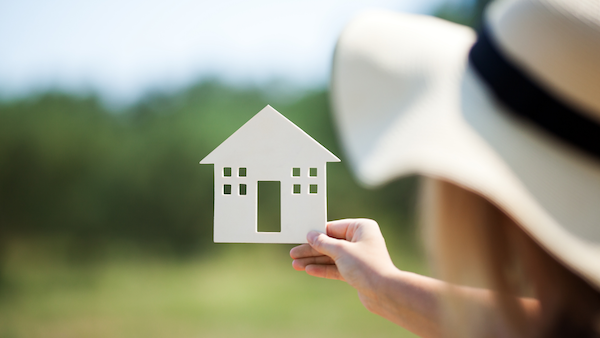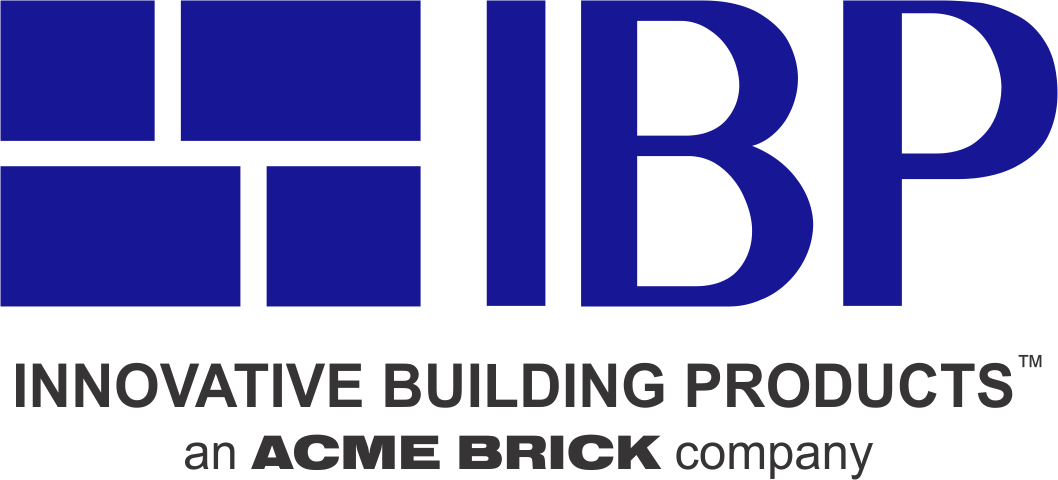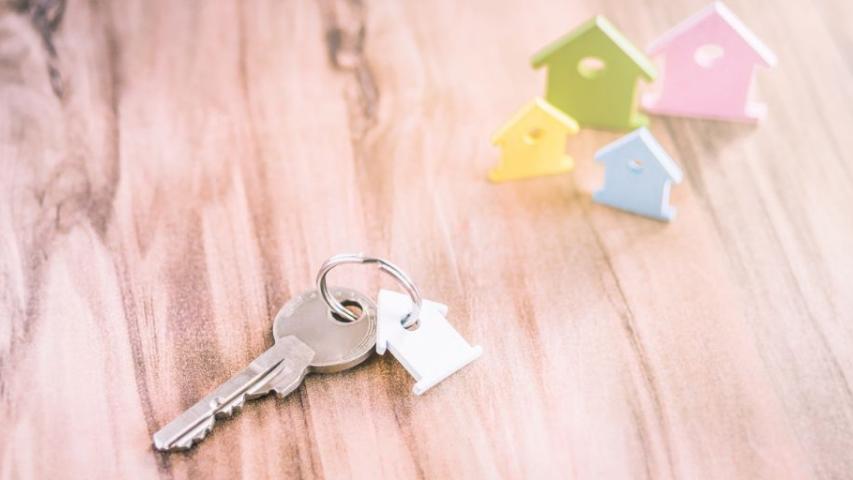Many of those FOR SALE signs that were once everywhere in suburban neighborhoods have been replaced by signs offering the property FOR RENT. Whether homes are in recently completed communities or more mature neighborhoods, homes that are built to be rental properties are on the radar screens of builders and investors.
This presents both challenges and opportunities for homebuilders.
This change has occurred for a variety of reasons. including the greatest disruption in the past 100 years, the COVID pandemic. After working, playing, and spending most of the hours in a day at home, that space has taken on new importance.
Residential real estate experts believe this change is not a temporary trend or one that is based on homeowners outgrowing what might be a “starter” home. Rather, it seems to be an intentional, strategic move, as big players in residential construction are now “building-to-rent.”
What makes a good rental property for both owners and renters? Durability, low maintenance, and energy efficiency are all important. Click here to learn how brick construction checks all these boxes.
Rapid Growth of New Rental Properties
The residential construction experts at Acme Brick have pretty much seen it all. The company, founded more than 130 years ago, has seen its hard-fired clay brick surround hundreds of thousands of homes.
Our customers, the residential builders who serve homebuyers, are well aware of the benefits of brick construction for better energy efficiency, lower maintenance costs, and a higher return on investment when it’s time to sell. That formula still works for those customers who choose to rent rather than buy - usually younger people who are starting families.
According to the residential real estate service RentCafe, the trend toward renting is growing exponentially. “As renters look for a lifestyle change that offers more space and privacy, communities of single-family houses built for the purpose of renting have become the hottest trend in housing. 2021 was a record year for single-family rental home construction, with 6,740 new built-to-rent homes completed. And the trend is growing rapidly: Twice as many homes are now under construction, for a total of nearly 14,000 set to open their doors to renters beginning this year.
“Single-family rentals are not a new concept. Although they proliferated in the aftermath of the 2008 housing crisis, this time it’s different. The pandemic created an unprecedented demand among renters for space and privacy, which houses can address much better than apartments.”
The sheer numbers associated with built-to-rent are impressive.
One of the hottest built-to-rent areas in the U.S. is the Dallas-Fort Worth “metroplex.” Located in the northern sector of the area is Collin County, where Plano-based Green Brick Partners Inc. bought 427 acres near the city of McKinney to develop a residential community called “Windmore,” according to The Dallas Morning News.
“The community will include up to 1,762 single-family homes for sale, 225 single-family homes for rent, parks, and about 4 acres of commercial property. Windmore will be one of Green Brick’s first communities with a single-family rental component.”
What’s Driving This Trend?

The concept of building rental properties has been around for a long time. “For example, small multifamily properties like duplexes and triplexes often have one unit rented out, while larger apartment buildings have always been developed for rentals,” according to this overview.
“Astute real estate investors and developers are seizing the opportunity created by housing shortages and demographic shifts to fill the growing demand for build-to-rent single-family homes.”
The demographic that is driving this trend is young families with children. As these families move to suburban communities in search of superior schools for their children and a better quality of life in general, they want a home of their own. Unfortunately, several factors make this goal difficult to achieve. As this Roofstock article notes, “Large levels of student debt combined with high housing prices can sometimes put homeownership out of reach. So, instead of trying to buy a house, an alternative option is to rent a single-family home instead.”
Capital is also a driver of this type of investment for both developers and individuals. Roofstock notes, “One of the great things about investing in real estate in the U.S. is that financing for single-family rental property isn’t limited to the big players. Smaller developers and real estate investors are also aggressively seeking loans for build-to-rent housing. As a result, more rental communities are being created to meet the growing demand for single-family homes for rent.
“In many markets, the rent for a bigger house is often higher than that for a smaller apartment with the same number of bedrooms. However, when renters compare the cost per square foot versus the apartment, they usually see more value in having storage, a garage, and a yard where they can safely socialize and are typically willing to pay more in rent.”
A Checklist for Build-To-Rent Property for Investors
Large developers, individual real estate investors, and renters who want the lifestyle that a single-family home offers have at least one thing in common: numbers must be crunched before building or signing a lease.
For developers and individual investors, there are several important considerations before building a rental property:
- Is the location of the lot in an area where family amenities (swimming pools, hiking trails, parks, convenient commuting access, shopping, and other factors) are easily accessible?
- What about schools? Is the proposed rental property in a well-regarded school district?
- Is the property’s landscaping conducive to low-maintenance upkeep?
- Will the home be energy-efficient?
- What about building codes? Is the proposed area zoned for rental properties?
- Will the home be designed for multiple generations living together?
- Will the appliances, HVAC, plumbing, and electrical be durable enough to withstand wear and tear?
- Is the construction budget adequate to allow for low-maintenance building materials such as brick or metal siding rather than fiber cement siding that must be repainted regularly?
For investors who are considering the build-to-rent sector of real estate, the challenge is always the same: How to build smart?

